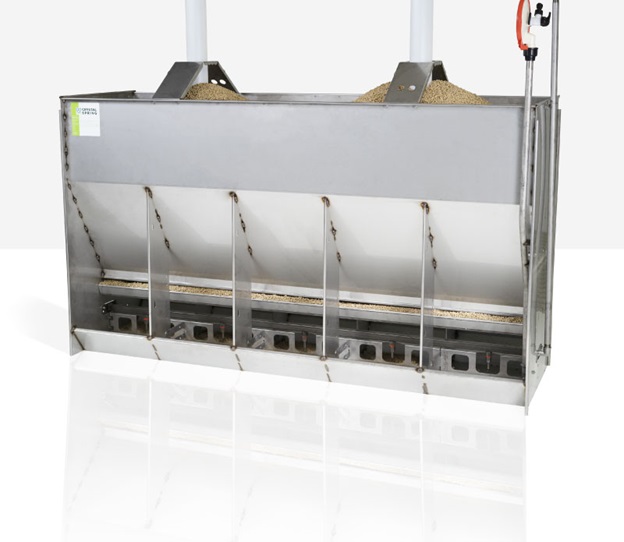Effective Ideas for the Best Hog: Specific Options

The term “talk” in the industry is often associated with the topic of innovation. These developments may have far-reaching consequences for protein synthesis in the years to come. On the other hand, moving forwards in the innovation cycle is challenging because of the limitations and unpredictability of biological production.
Because the wean to market business cycle spans six months and the variables of a biological machine are hard to predict, the process of value-proofing is made more problematic. The fury of a PRRS epidemic during the dead of winter has been felt by many. Nothing can stop you from achieving it, not even a computer code or a piece of technology.
Each of the four types of inventions gives context for learning how to put a technology into effect. An organisation or individual’s ability to confidently prioritise, evaluate, and implement a given innovation depends on their familiarity with these four areas. The definition of these four groups lays the groundwork for analysing the producer’s interactions with existing enterprises in order to assess the organization’s innovation journey. Choosing the Best Innovation for Hog Equipment is a nice idea. Knowing the four types of innovation may help clarify the extent to which they have contributed to the evolution of swine production throughout the years.
The types of innovations are outlined below
A Disruptive Innovation
This innovation is often discussed because of the profound impact it has had on modern life. Examples of successful organisations whose founders did not complete their formal education include Facebook, Uber, and Twitter. Expansion, earnings, and newfound riches in the billions of millions. These companies provide game-changing products and services that completely revolutionise the way we go about our everyday lives. They zero in on underutilised firm resources and actively seek for alternatives that are less expensive and more beneficial overall.
Innovation With Steady Development
In the pork industry, gradual innovation has been standard practise for decades. This innovation made it possible to house hogs in buildings. It achieved this goal using pioneering genetic procedures that, over the course of decades, led to incremental gains in heritable capacity. It helped factories avoid stagnation and increase profits via steady, incremental upgrades to efficiency and environmental friendliness.
Keeping an Innovative Attitude
Keeping up a constant rate of innovation is the best method to protect the company’s standing in the market. The outcomes of incremental innovation may be used to keep a product’s innovative edge by shifting the focus to creating features that set it different from the competition. This is especially true for companies that have been forced to compete on a commodity basis and are looking for methods to set themselves apart from the competition using a proven product. Untuck It is just one of several companies that has offered innovative new designs and features to the T-shirt and dress shirt markets in recent years.
Conclusion
The typical outcome of really revolutionary innovation is the introduction of a game-changing product or service. This breakthrough significantly alters the company’s approach to the marketplace. The company’s creative output and organisational practises offer fertile ground for the development of marketable concepts. Until a product or service becomes widely available, its early users are frequently regarded with cynicism. Exponential development follows the process of adaptation. Examples of contemporary innovations include automobiles, aeroplanes, and computers.
